- No products in the cart.

Paracetamol children oral suspension 120mg / 5ml 100ml fl
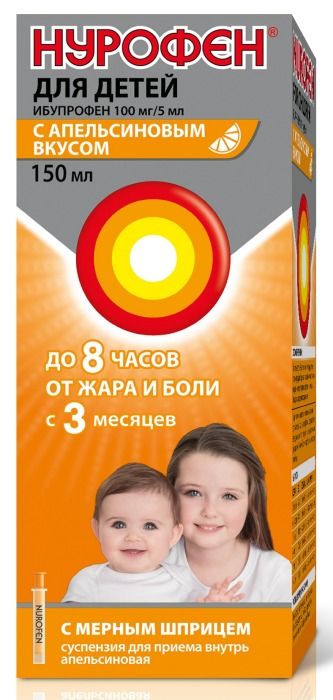
Nurofen for children oral suspension 100mg / 5ml 150ml vial with a syringe dosing orange
$4.17
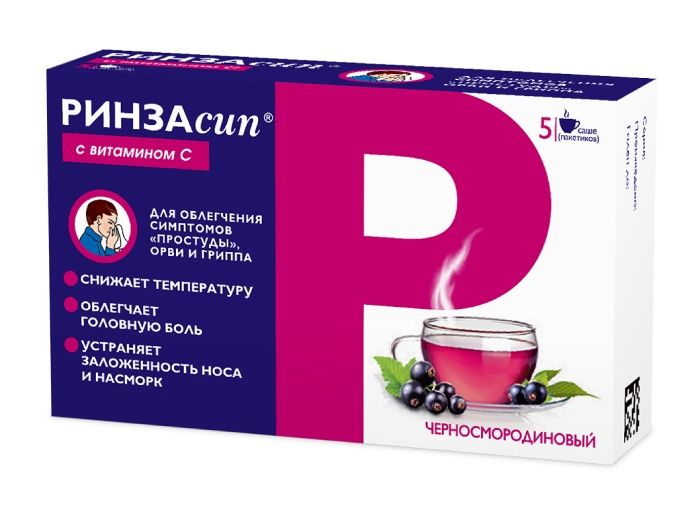
Rinzasip powder for r-ra 5g 5 pcs black currants / Vitamin C.
$3.86
$1.56
Paracetamol children oral suspension 120mg / 5ml 100ml fl
Description
Composition
Active substance:
5 ml of suspension contains: -120 mg paracetamol.
Product form:
Oral suspension 120 mg / 5 ml. 100 g of dark glass vial. One vial with instructions for use and dimensional measuring spoon or syringe in a stack of cardboard.
Contraindications
Individual hypersensitivity to the drug; diseases of the blood system; Genetically, the absence of glucose-6-phosphate dehydrogenase; deficit sucrase / isomaltase, fructose intolerance, glucose-galactose malabsorption; neonatal period (under the age of 1 month).
Precautions: hepatic and renal failure; benign hyperbilirubinemia (including Gilbert’s syndrome); alcoholic liver disease, alcoholism; diabetes; pregnancy, lactation; elderly age; early infancy (1 to 3 months).
Indications
Pain of mild to moderate intensity syndrome, fever in infectious and inflammatory diseases (including viral infection), post-vaccination hyperthermia.
Interaction with other drugs
Inductors microsomal oxidation in the liver (phenytoin, ethanol, barbiturates, flumetsinol, rifampicin, phenylbutazone, tricyclic antidepressants) increase the production of hydroxylated active metabolites, which makes the possibility of development of hepatotoxicity with small overdoses.
Inhibitors of microsomal oxidation (W. H. Cimetidine) reduce the risk of hepatotoxicity.
Simultaneous long-term administration of paracetamol at high doses of salicylates, and increases the risk of kidney cancer, or bladder. The combination of chloramphenicol leads to an increase of the toxic properties of the latter. Potentiates the effect of indirect anticoagulants and reduces the efficiency of uricosuric drugs. Prolonged use of barbiturates reduces the efficiency of paracetamol.
Myelotoxicity drugs increase the expression gematotoksichnosti paracetamol.
Ethanol contributes to the development of acute pancreatitis.
Long-term joint use of paracetamol and non-steroidal anti-inflammatory drugs increase the risk of “analgesic” nephropathy and renal papillary necrosis, onset of end-stage renal failure.
Diflunisal increases the plasma concentration of paracetamol at 50% – the risk of hepatotoxicity.
Overdose
If you think that a child has taken more than the recommended dose, contact your doctor immediately, even if the child feels good. An overdose of acetaminophen can cause the development of liver failure.
symptoms:
Acute overdose: pale skin, acute liver failure, gastrointestinal disorders (diarrhea, loss of appetite, nausea, vomiting, intestinal spasms, pain in the stomach), increased sweating. Symptoms of liver function may occur through 12-48 hours after the overdose. In severe overdose – liver failure with progressive encephalopathy, coma, and death; acute renal failure with tubular necrosis (including the absence of severe liver damage), arrhythmia, pancreatitis. Chronic overdose hepatotoxicity, nephrotoxicity.
Treatment: gastric lavage not later than 4 hours after poisoning reception adsorbent (activated charcoal); administering donor of SH-groups and precursors of glutathione synthesis – methionine for 8-9 hours after the overdose and acetylcysteine -. for 8 hours The need for additional therapeutic activities (further introduction of methionine in / introduction acetylcysteine) is determined depending on the concentration of paracetamol blood, and the time elapsed after administration.
pharmachologic effect
Pharmacological group:
Non-narcotic analgesic agent.
Pharmacodynamics:
Non-narcotic analgesic, has analgesic and antipyretic action.
The drug blocks cyclooxygenase 1 and 2 in the central nervous system, acting on pain centers and thermoregulation. In inflamed tissues cellular peroxidase neutralize the effect of paracetamol on the cyclo-oxygenase, which explains the lack of significant anti-inflammatory effect. The drug has no adverse effect on the water-salt exchange and the mucosa of the gastrointestinal tract.
Pharmacokinetics:
Absorption – high, time to maximum concentration – 0.5-2 hours, the maximum concentration – 5-20 .mu.g / ml. Communication with plasma proteins -15%. It penetrates the blood-brain barrier. Less than 2% of the dose of the drug penetrates the nursing mother to breast milk. The therapeutically effective concentration of paracetamol in plasma achieved by its application in a dose of 10-15 mg / kg. It is metabolized in the liver: 80% enters into the conjugation reaction with glucuronic acid and sulphates to inactive metabolites, 17% undergoes hydroxylation to form 8 active metabolites, which is conjugated with glutathione, and then with cysteine and mercapturic acid and form inactive metabolites. The major isozymes of cytochrome P450 for a given pathway are isoenzyme CYP2E1 (preferably), CYP1A2 and CYP3A4 (secondary role). With a lack of glutathione, these metabolites may block the enzyme systems of hepatocytes and cause their death. Additional metabolic pathways are hydroxylation to 3-gidroksiparatsetamola and methoxylation to 3 metoksiparatsetamola which subsequently conjugated with glucuronic acid and sulfuric acid.
In adults, the predominant glucuronidation in newborns (including premature) and young children – sulfation. Conjugated paracetamol metabolites (glucuronides, sulfates and conjugates with glutathione) have low pharmacological (including toxic) activity.
The half-life – 2-3 hours. Within 24 hours, 85-95% paracetamol excreted by the kidneys as glucuronide and sulphate, 3% – unchanged. In elderly patients, the clearance of paracetamol decreases and increases the half-life.
Pregnancy and breast-feeding
Paracetamol crosses the placenta, when administered at therapeutic doses of the drug to the fetus safe in high doses may cause hepatotoxic action, therefore it is necessary to comply strictly with the dosing regimen. When breastfeeding concentration in breast milk is low (1-2% of the dose of the parent). No adverse effects reported for infants. Application is possible in strict compliance with the dosing regimen.
Conditions of supply of pharmacies
Without recipe.
side effects
Nausea, vomiting, abdominal pain. Allergic reactions (including skin rash, pruritus, urticaria, angioneurotic edema), leukopenia, agranulocytosis, thrombocytopenia.
With prolonged use of large doses – hepatotoxicity and nephrotoxicity (interstitial nephritis and papillary necrosis) effect; hemolytic anemia, aplastic anemia, methemoglobinemia, pancytopenia.
special instructions
Avoid the simultaneous use of paracetamol with other paratsetamolsoderzhaschimi drugs, as this may cause an overdose of paracetamol.
In applying the drug for more than 5 days should be monitored indicators peripheral blood and liver function.
The preparation contains sucrose and sorbitol, which should be considered in the treatment of patients with diabetes mellitus (5 ml of suspension contain 0.25 bread units).
Paracetamol distorts the results of laboratory tests of glucose and uric acid in blood plasma. With continued fever for more than 3 days and the pain more than 5 days, please contact your doctor.
The drug does not affect the ability to drive a car or to the management of a variety of mechanisms, as well as other classes of potentially hazardous activities that require attention and speed of mental and motor responses.
Storage conditions
Store at temperatures not above 25 C. Do not freeze!
Keep out of the reach of children.
Dosing and Administration
In 5 ml of suspension contains 120 mg of paracetamol. The number of doses per vial of 5 ml is as follows: 100 g of -16 doses, 150 g – 24 doses in 200 g – 32 dose.
The drug is taken orally before a meal undiluted, drinking plenty of fluids. Before using the product thoroughly shaken. Multiplicity receiving no more than 4 times a day at intervals of at least 4 hours.
paracetamol dose for children depends on the age and body weight. A single dose of acetaminophen is about 10-15 mg / kg body weight daily – not more than 60 mg / kg body weight.
For accurate dosing of the drug, depending on the proposed configuration using a measuring spoon or graduated syringe enclosed in packaging.
In the case of measuring syringe:
Shake suspension.
Open the bottle cap.
Tight dimensional insert the syringe into the hole adapter installed in the neck of the vial.
Turn the bottle upside down and gently pull the piston down, picking up the suspension into a graduated syringe to the desired mark.
Return the bottle to its original position and remove the measuring syringe, gently turning it.
Let the child within the drug by measuring syringe. To ensure a smooth slurry proceeds to the oral cavity slowly press the piston.
After each use, the syringe dimensional rinse in running water and dry disassembled at room temperature out of reach of children.
Keep the measuring syringe should be in the package, along with the drug.
Depending on age “children Paracetamol” prescribed in the following single doses of from 1 to 3 months – for the symptomatic treatment of reactions to vaccination applies the single dose of 2.5 ml of the suspension. If necessary, the dose may be repeated, but no sooner than 4 hours. When the child’s body temperature is reduced after repeated doses should consult a physician. Further use of the drug in this age children to treat postvaccinal hyperthermia, as well as the use in children aged 1-3 months for other indications is possible only under medical supervision. If necessary, use a premature baby at the age of 1 to 3 months drug is given only under medical recommendation.
from 3 months to 1 year – 2.5-5 ml or 60-120 mg of paracetamol, depending on the child’s body weight from 1 to 6 years – 5-10 ml, or 120-240 mg depending on the child’s body weight from 6 to 14 -10-20 ml or 240-480 mg, depending on the child’s body weight
child’s body weight Single dose
4-8 kg 2.5 ml
8-16 kg 5 ml
16-32 kg of 10 ml over 32 kg adult of 15-20 ml – 20 ml single dose of not more than 4 times per day.
Duration of treatment is not more than 3 days as antipyretic and not more than 5 days as an analgesic. Continuation of treatment is possible only after consultation with the doctor !!!
Do not exceed the dose set! An overdose of paracetamol may be the cause of liver failure.
Information
Appearance may differ from that depicted in the picture. There are contraindications. You need to read the manual or consult with a specialist
Additional information
| Weight | 0.100 kg |
|---|---|
| Manufacturer | Russia |

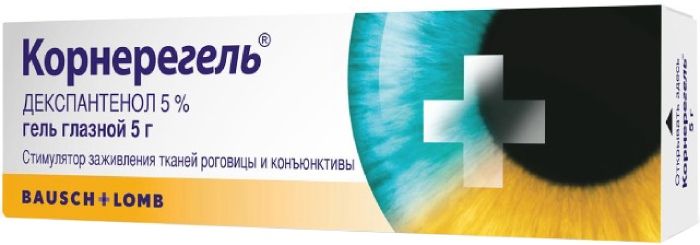
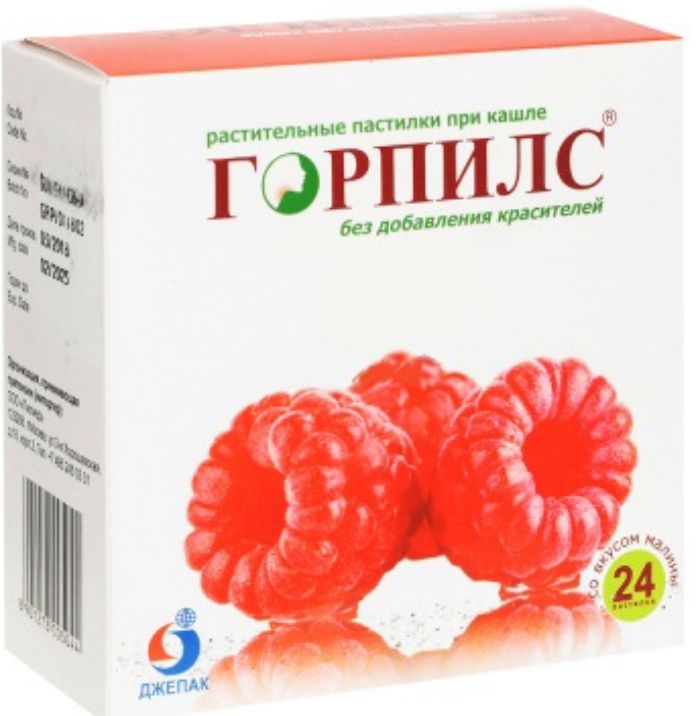
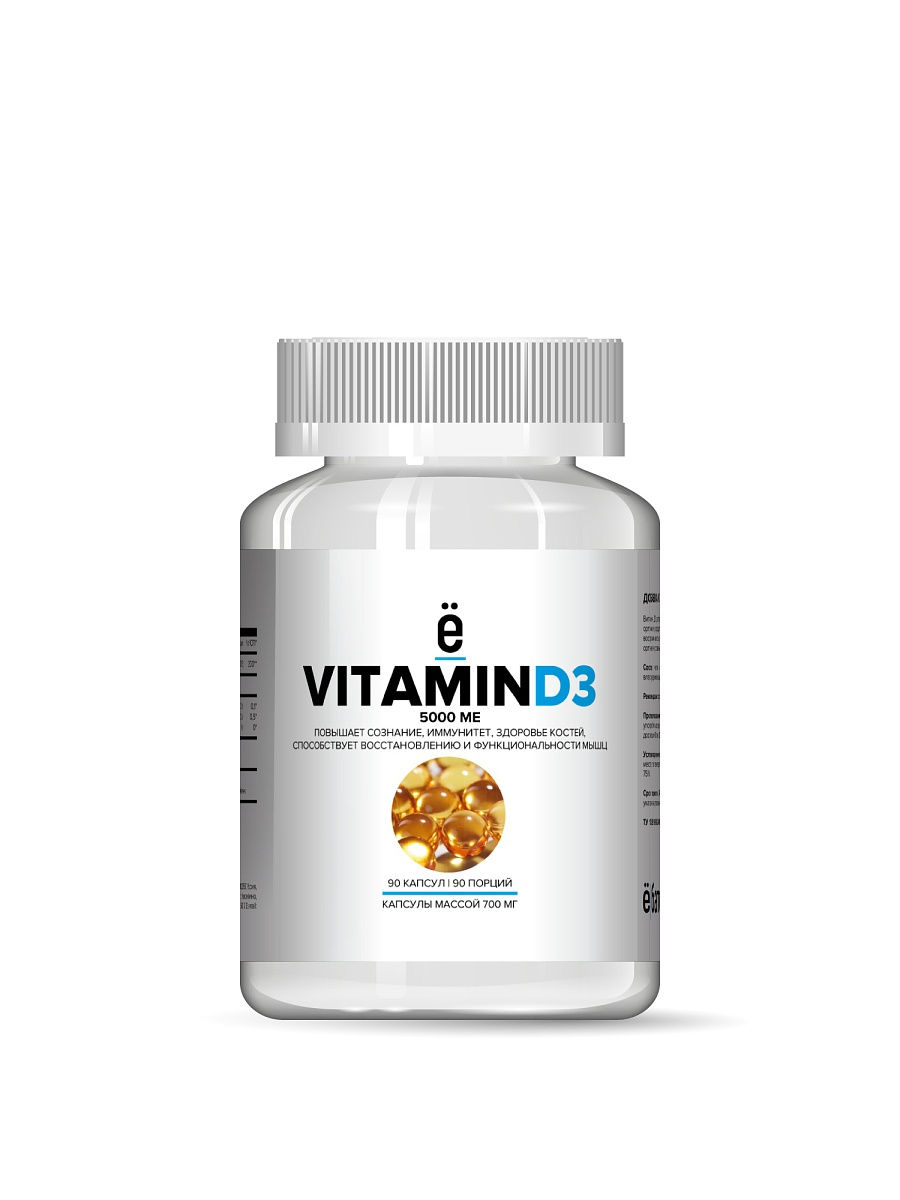
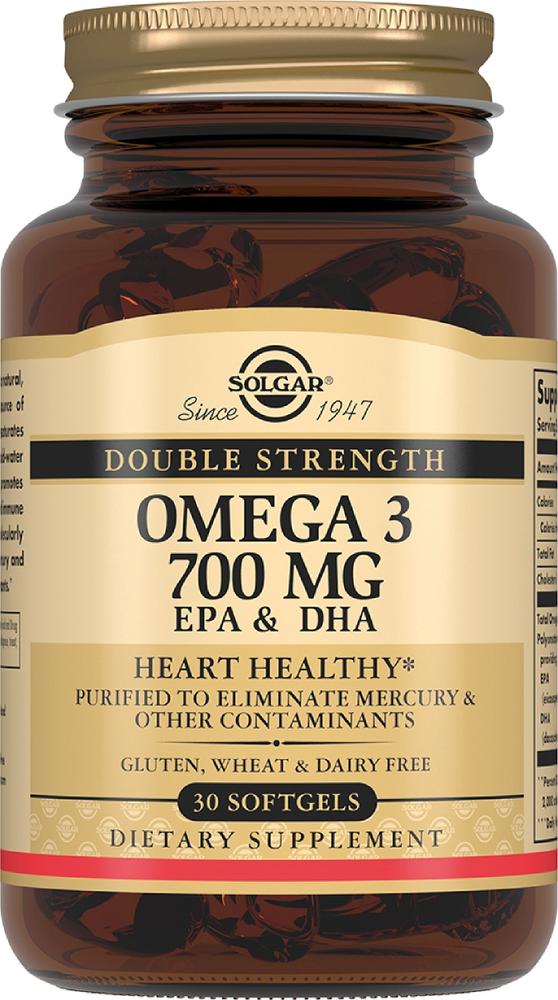
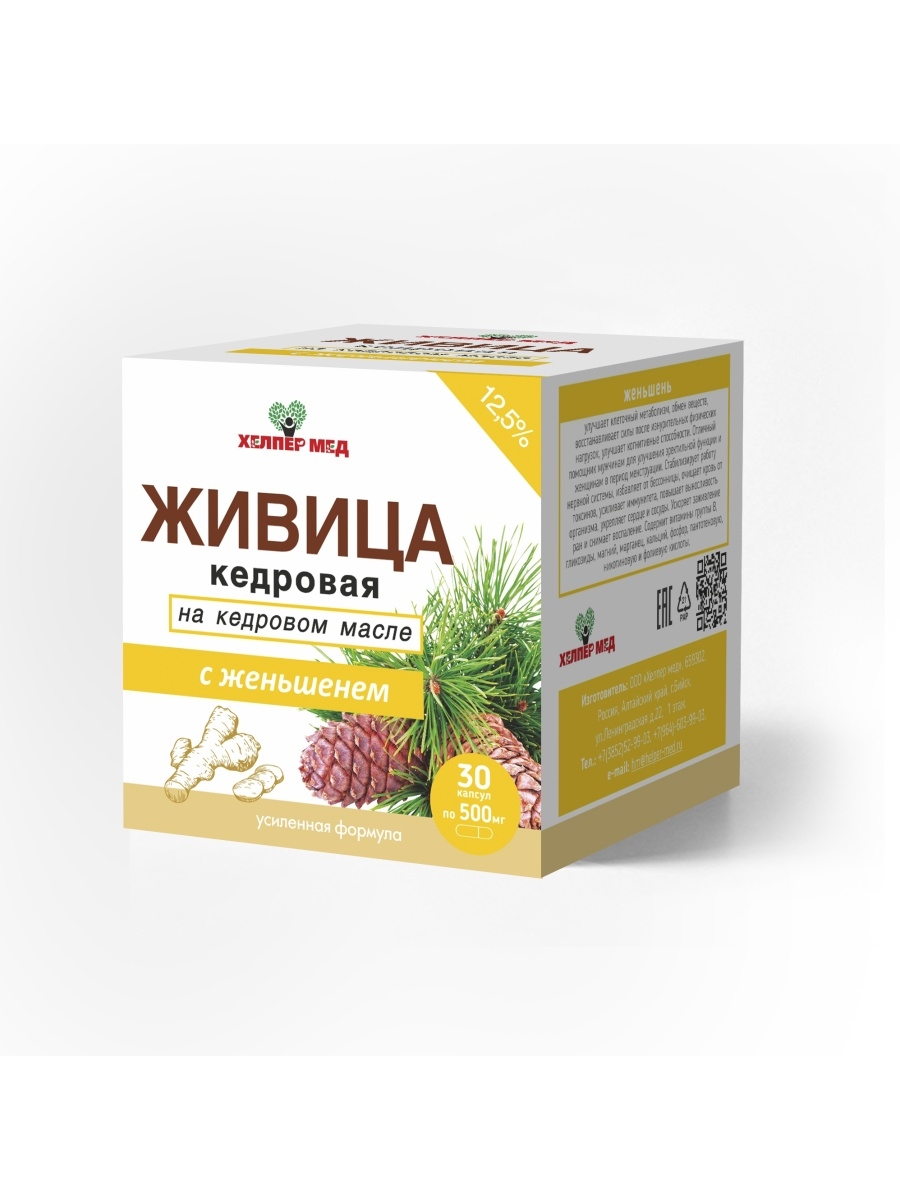
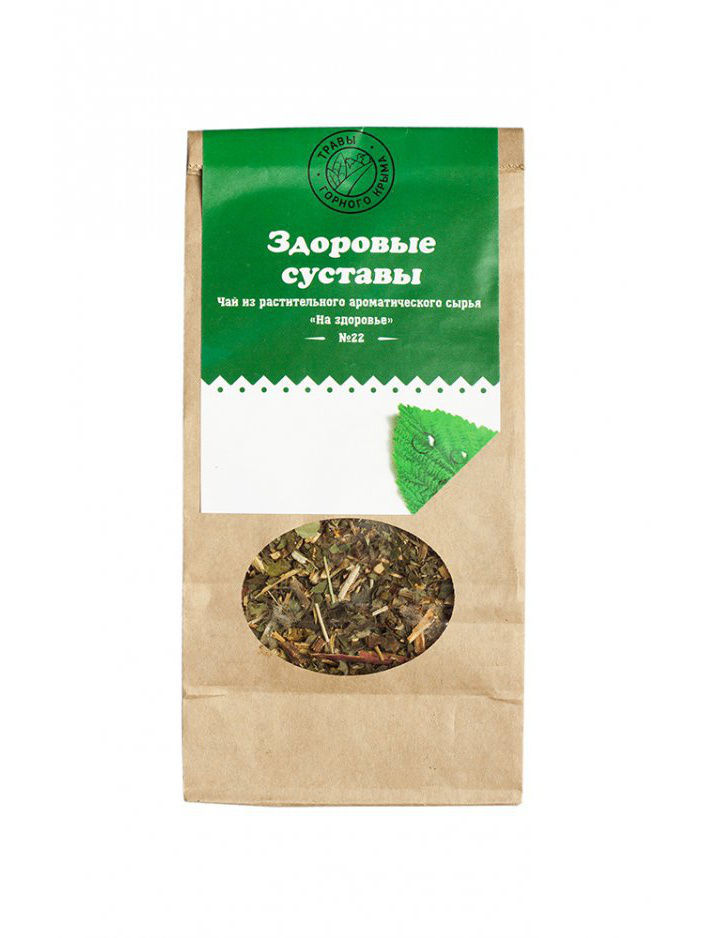




There are no reviews yet.